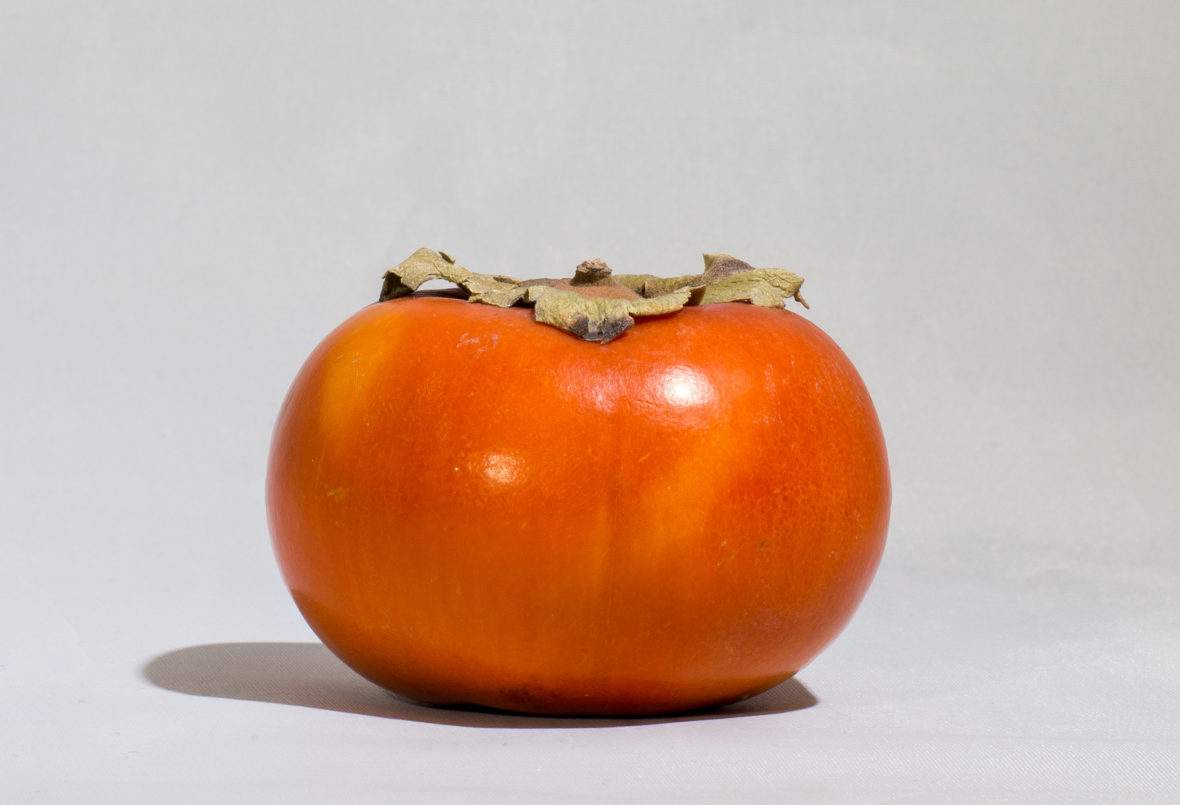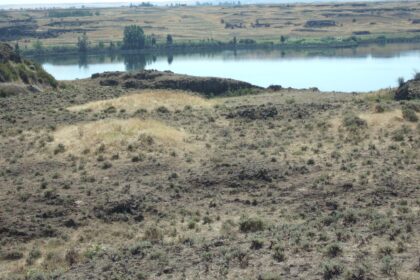The persimmon is the edible fruit of a number of species of trees in the genus Diospyros. The most widely cultivated of these species is the oriental or Japanese persimmon, Diospyros kaki. Take a look below for 24 more interesting and fascinating facts about persimmon.
1. The word “Diospyros” comes from the ancient Greek words “dios” and “pyron”. A popular etymology construed this as “divine fruit,” or as meaning “wheat of Zeus”.
2. The word “persimmon” comes from “putchamin,” “pasiminan,” or “pessamin,” from Powhatan, an Algonquian language of the eastern United States, meaning “a dry fruit.”
3. The Japanese persimmon is the most widely cultivated species. Its fruits are sweet and slightly tangy with a soft to occasionally fibrous texture.
4. The cultivation of persimmon extended first to other parts of east Asian, India and Nepal and was later introduced to California and southern Europe in the 1800s and to Brazil in the 1890s.
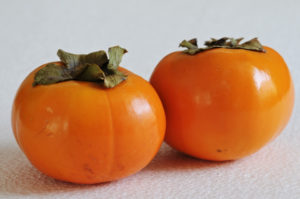
5. Persimmons like “Hachiya” have to be completely ripened before eating. When ripe, the fruit is made up of thick, pulpy jelly that’s encased in a waxy thin-skinned shell.
6. “Sharon fruit”, named after the Sharon plain in Israel, is the marketing name for the Israeli bred cultivar of persimmon called “Triumph.”
7. In the Valencia region of Spain, there is a variegated for of persimmon called the “Ribera del Xuquer,” “Spanish persimon” or “Rojo Brillante.”
8. Lotus persimmon is native to southwest Asian and southeast Europe and was known to the ancient Greeks as the “fruit of the gods”.
9. American persimmon is native to the eastern United States. It’s traditionally eaten in a special steamed pudding in the Midwest, and sometimes its wood is used as a substitute for ebony, especially in the manufacture of musical instruments.
10. Black persimmon is native to Mexico. Its fruit has green skin and white flesh that turns black when it’s ripe.
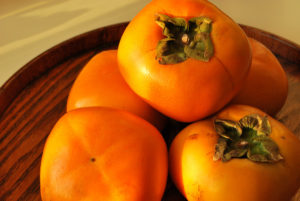
11. Indian persimmon is slow growing and native to coastal West Bengal. The fruit is green and turns yellow when ripe.
12. Persimmon is a deciduous tree than can develop one or several trunks. It can reach heights between 25 and 66 feet.
13. The fruit produces lanceolate, glossy leaves that are dark green colored.
14. Persimmon blooms during the spring. Some persimmons produce individual male and female flowers on the same tree, while other cultivars produce male and female flowers on separate trees. The female flowers are creamy while the male flowers are usually pink colored.
15. Persimmon belongs to a group of berries. It can be oval, roundish, heart-shaped, golden-yellow or orange-red colored. All parts of the fruit, except the seed, are edible.
16. The shape and size of the fruit depends mostly on the cultivar. Persimmon can weigh a couple of ounces to nearly a pound.
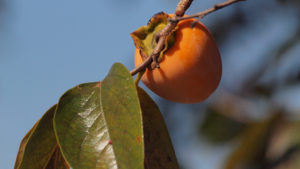
17. Some varieties of persimmon are seedless. The flowers of seedless persimmon, which are also known as parthenocarpic, can produce fruit without pollination.
18. There are two major groups of persimmon trees, cultivars that produce astringent fruit and cultivars that produce non-astringent fruit. Astringent fruit can be consumed only when it’s fully ripe and soft while non-astringent fruit can be consumed unripe, while it’s still crispy.
19. Tannins extracts from the unripe persimmon are used for brewing sake in Japan.
20. A solution made of crushed wild persimmons and water is used as a natural, homemade insect repellent.
21. Compounds isolated from persimmon have anti-inflammatory and anti-infection properties.
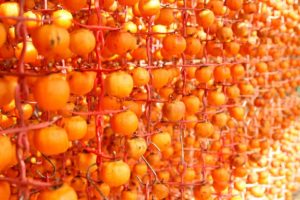
22. Dark brown or black heartwood of persimmon is used in the manufacturing of panels, furniture, musical instruments and heads of golf clubs.
23. Leaves of persimmon can be used for the preparation of tea, while roasted, ground seed can be used as a substitute for coffee.
24. Persimmon can be eaten fresh, dried, or as an ingredient of breakfast cereals, muffins, pies, breads, cakes, salads and puddings. Fermented persimmon is used for making persimmon vinegar, which is also known as “gamsikcho.”

